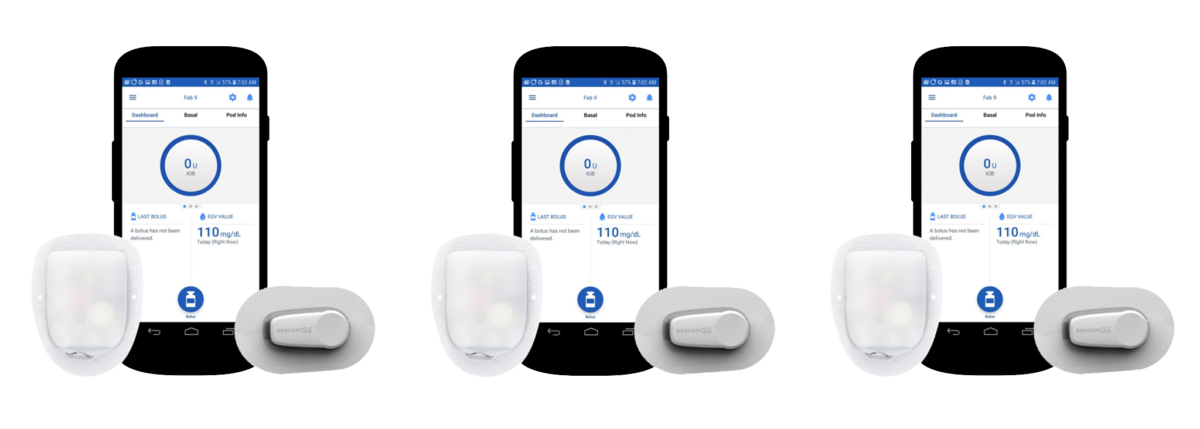Asian Isn’t A Monolith: Why More Specific Data Matters in Diabetes Research
Written by: Kayla Hui, MPH
4 minute read
May 6, 2021
Data on how diabetes impacts specific ethnic groups could help us better support people within Asian American Pacific Islander communities.
In the United States, diabetes affects 20 percent of the Asian American population, but that broad statistic doesn’t paint the whole picture. Despite being the fastest-growing racial group in the United States, health outcomes are often categorized by broad racial and ethnic categories, which limits our understanding of how diabetes truly impacts individual ethnic groups within the Asian diaspora. Disaggregated data—showing how diabetes impacts people from more specific origins—could help us better understand how to support and treat individual groups within the Asian American Pacific Islander communities.
“Asian Americans have 50 different ethnicities. Putting 50 ethnicities into one Asian American and Pacific Islander (AAPI) group—that is a fallacy,” H. Chris Hahm, PhD, MSSW, professor at the Boston University School of Social Work and lead researcher for the Epi Asian American Women’s Action In Resilience Empowerment (AWARE) study tells Beyond Type 1. According to the Pew Research Center, the majority of the 20 million Asians that live in the U.S. have roots that trace back to at least 19 countries in East Asia, Southeast Asia, or the Indian subcontinent.
Hahm says that because each ethnic group differs significantly across a variety of factors such as educational attainment, culture and income level, having disaggregated data is imperative when trying to study diabetes among ethnic groups across the Asian diaspora.
For example, a research study, published in Diabetes Care, looked to understand the prevalence of type 2 diabetes among the U.S. South Asian communities when compared with four racial and ethnic groups: African Americans, white, Latinos and Chinese Americans. In the study, South Asians include individuals originating from India, Pakistan, Nepal, Sri Lanka and Bangladesh. While the study did not disaggregate based on ethnicity, after factoring in educational attainment, family income and tobacco use, it was able to find that South Asians had statistically significant higher age-adjusted prevalence of diabetes when compared to the aforementioned four groups.
The study also found that South Asians were significantly more likely to be insulin resistant and less likely to have responsive beta cell function, meaning the body could not compensate for the insulin resistance on its own. Data such as this helps us further understand that diabetes may develop differently among different groups and a one-size-fits-all approach to treatment is likely inadequate.
Poverty, a social determinant of health and diabetes, also differs by ethnic group. Hahm adds that grouping Asians together despite their varying levels of difference can be harmful when trying to understand the health disparities of different ethnic communities. “When you’re in poverty, you’re more likely to develop [type 2] diabetes or heart disease,” Hahm says. “That’s why it is really important to have disaggregated data.” As an example, 39.4 percent of Burmesee Americans and 20 percent of Native Hawaiians and Pacific Islanders live in poverty; both fall within groups that experience higher rates of type 2 diabetes than other Asian subgroups. These correlations could point toward clues that could help better treat individual communities with a whole-person approach.
“Creating that visibility is the power of disaggregated data when it is meant to advance health equity. It is the basis for systemic change and empowerment of groups that have often not been heard,” Angela Glover Blackwell, JD, founder in residence at PolicyLink says in a report.
Unfortunately, having research studies solely focused on one ethnic group becomes challenging given the small amount of research funding allocated to studying the health of Asian Americans. Funding by the National Institutes of Health (NIH) only allocated 0.17 percent of the total NIH budget toward Asian Americans and Pacific Islanders (AAPI) from 1992 to 2018.
“AAPI researchers have a difficult time getting funded,” Hahm states. She adds that funding is so integral to a researcher’s career that without it, researchers wouldn’t get to continue studying their passions. “If you don’t get tenure, that means you are much more likely to go to other teaching universities,” Hahm explains. “This means your research is almost over.”
A report by PolicyLink titled Counting a Diverse Nation: Disaggregating Data on Race and Ethnicity to Advance a Culture of Health found that racial and ethnic health disparities and inequities can only be eliminated if quality data is available. By having disaggregated data by ethnicity, it can help track problems and underlying social determinants which can be used to create culturally-tailored approaches to medicine and public health.
Hahm hopes that more disaggregated research focused on ethnic Asian American groups can bring Asian American issues to the forefront, changing them from invisible to visible and catalyzing a change in health outcomes for all Asian ethnic groups.

Author
Kayla Hui, MPH
Kayla Hui is the health reporter for Beyond Type 1 covering diabetes, chronic illnesses and health inequities. She received her Masters in Public Health from the Boston University School of Public Health. Kayla won a Pulitzer Center fellowship and Slants Foundation award in 2020 for her project on the mental health of Chinese immigrant truck drivers. Her published work can be found at Healthline, Verywell Health, Pulitzer Center and more. Outside of work, Kayla enjoys rock climbing, baking and buying plants she doesn’t need. You can follow Kayla on Twitter at @kaylanhui.
Related Resources

On November 20, 2024, Medtronic received FDA clearance for its latest InPen app. This advancement...
Read more

Eli Lilly and Company is helping patients and caregivers understand important changes to Medicare Part...
Read more

Already compatible with Dexcom’s G6 and G7 continuous glucose monitors (CGMs), the Omnipod 5 Automated...
Read more

